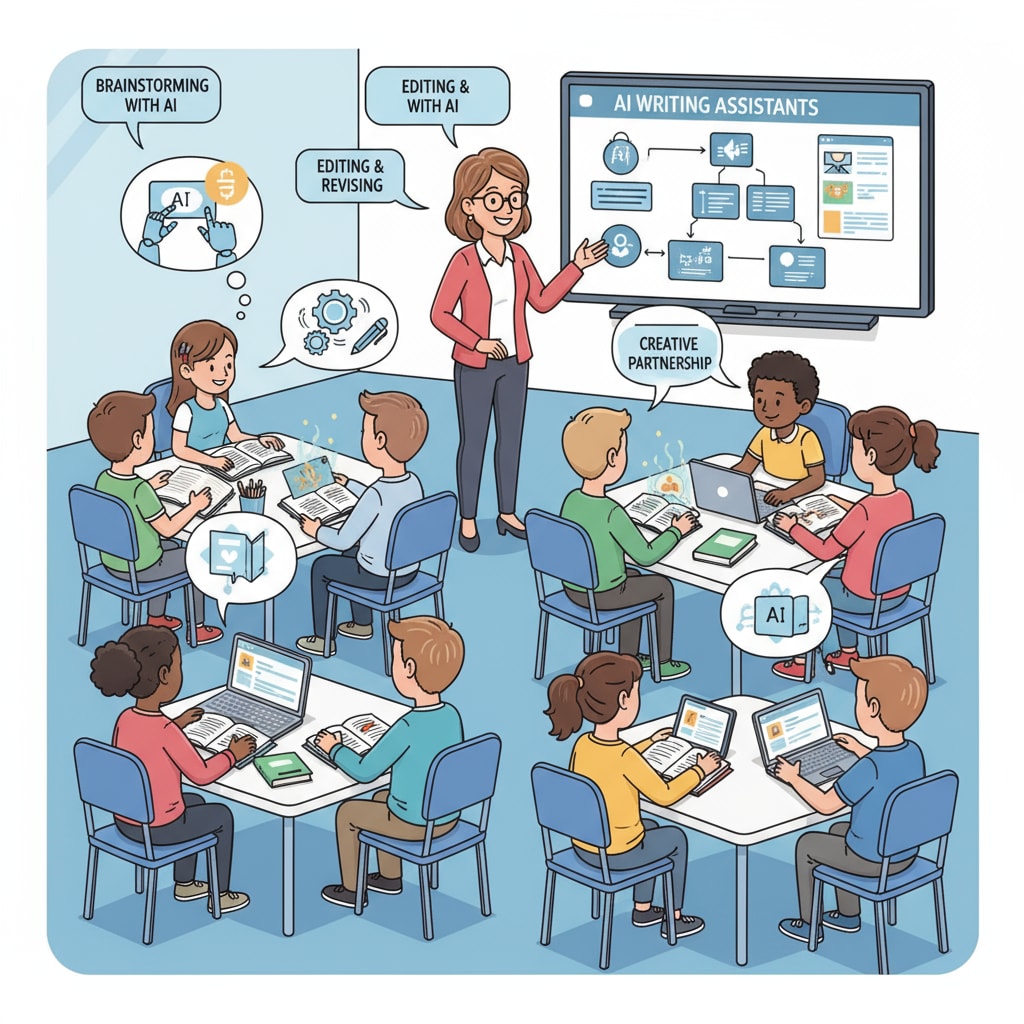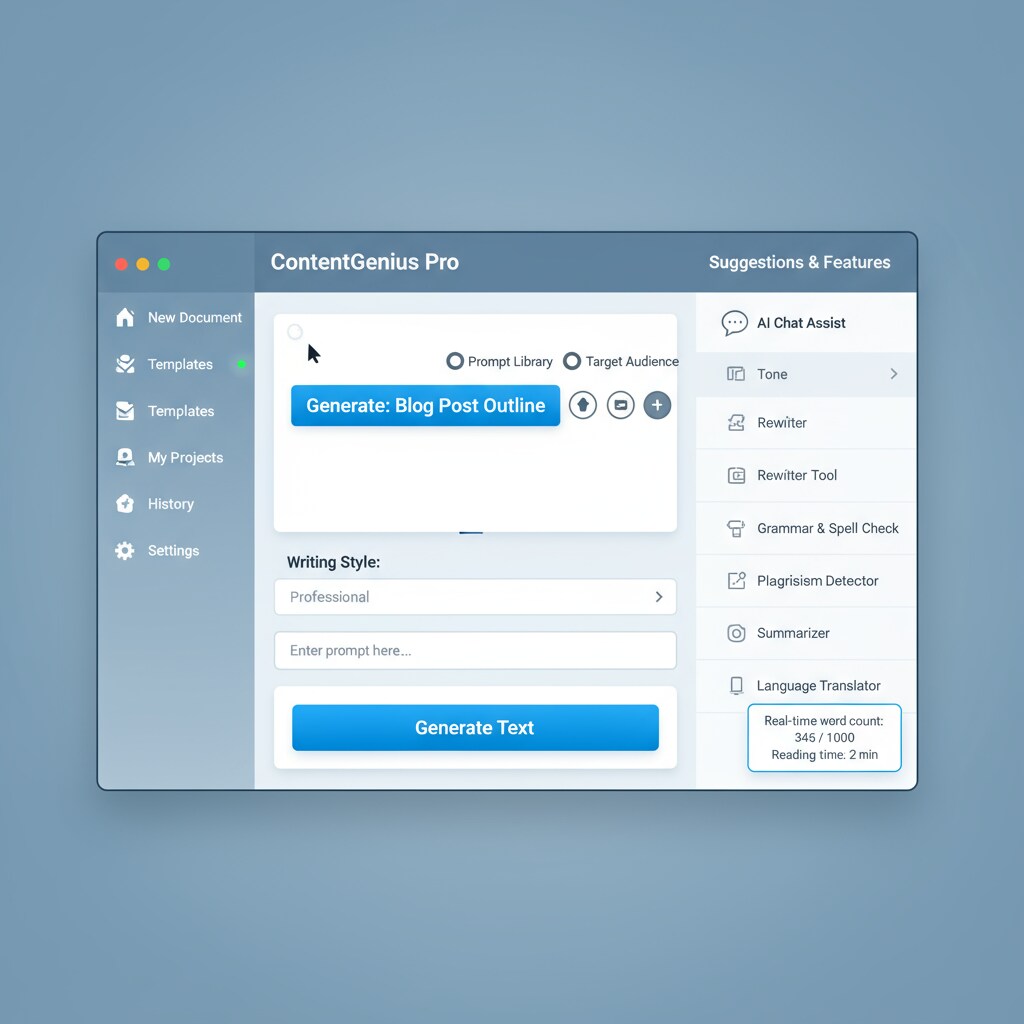In the age of rapid technological advancement, AI writing has brought about a significant impact on teaching transformation and writing skills development. As AI technology penetrates deeper into the field of education, writing teaching is presented with unprecedented challenges and opportunities. This article aims to explore how we can move from fearing AI to embracing it, and redefine the essence of writing teaching to cultivate students into true thinkers.

The Impact of AI on Writing Teaching
AI has revolutionized the writing process. With tools like GPT, students can generate texts with remarkable speed and quality. However, this convenience also poses threats. For example, there is a risk of plagiarism as some students may be tempted to use AI-generated content as their own. According to Artificial intelligence in education on Wikipedia, the integration of AI in education has led to new forms of academic dishonesty. This forces educators to rethink traditional teaching methods and assessment strategies. In addition, the traditional focus on grammar and basic writing techniques may no longer be sufficient. We need to shift our attention to more profound aspects of writing, such as critical thinking and creativity.

Rethinking the Essence of Writing Teaching
Writing is not just about putting words on paper; it is a reflection of one’s thoughts and ideas. In the AI era, we should redefine the goals of writing teaching. Instead of solely emphasizing perfect grammar and mechanical writing skills, we should focus on cultivating students’ unique perspectives and the ability to think independently. As stated in Education on Britannica, education should aim to develop students’ intellectual capabilities. Teachers can design more open-ended writing tasks that require students to analyze, evaluate, and express their own opinions. For example, asking students to write a critical analysis of a social issue rather than a simple descriptive essay. This way, students are encouraged to think deeply and use writing as a means to communicate their original thoughts.
To achieve this transformation, educators need to change their teaching approaches. We can incorporate AI tools into the teaching process in a positive way. For instance, using AI to provide instant feedback on students’ writing, highlighting areas for improvement in terms of content structure and logical reasoning. Moreover, we can guide students on how to use AI as a supplementary tool to enhance their writing, rather than a substitute. By doing so, students can learn to leverage the power of technology while still honing their own writing skills.
Readability guidance: In this article, we have used short paragraphs to convey ideas clearly. Each section focuses on a key aspect of AI writing, teaching transformation, and writing skills. We have also incorporated external links to reliable sources to support our arguments. The use of images helps to illustrate the concepts, making the article more accessible. Transition words like “however”, “in addition”, and “for example” are used to ensure a smooth flow of ideas.


